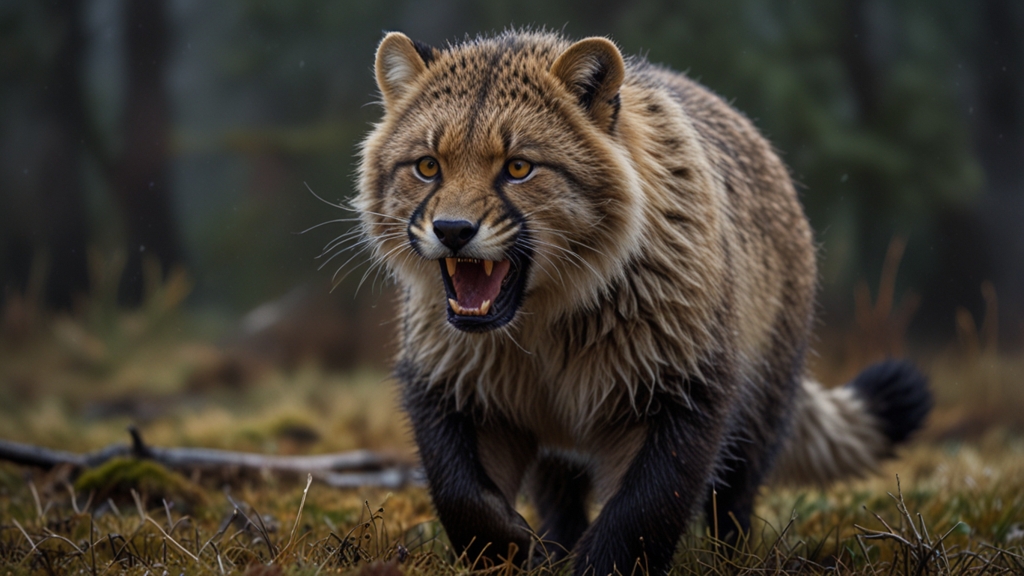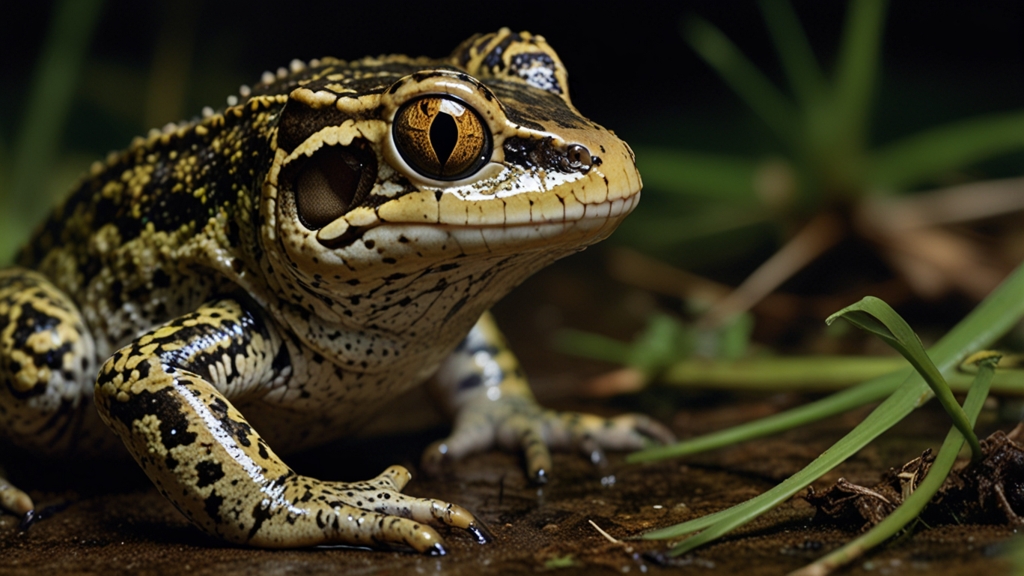Furry Fighters: How Mammals Adapt To Survive In Extreme Climates
In the harshest environments on Earth, from scorching deserts to icy tundras, mammals have evolved an astounding variety of adaptations that allow them to survive and thrive. These "furry fighters" demonstrate the impressive versatility and resilience of life, showcasing evolutionary ingenuity at its finest. This article explores the extraordinary ways mammals have adapted to extreme climates and the unique mechanisms that enable their survival.
Insulation and Thermoregulation
One of the primary challenges for mammals living in extreme climates is maintaining an optimal body temperature. In cold environments, mammals often develop thick layers of fur and fat to insulate their bodies against freezing temperatures. For instance, polar bears possess an intricate double-layered fur system and a substantial fat layer, allowing them to retain heat even in Arctic conditions.
"The thick fur of polar bears not only acts as insulation but also camouflages them against the snow and ice, aiding in hunting and protection from predators." - Marine Mammal Scientist
In contrast, desert mammals, such as the fennec fox, exhibit adaptations to stay cool in the heat. These small foxes have large ears that dissipate heat and light-colored fur that reflects sunlight. Some desert mammals are also nocturnal, avoiding daytime heat and becoming active during cooler nighttime temperatures.
Water Conservation and Diet
Mammals in arid environments face the constant challenge of water scarcity. To adapt, many have developed remarkable physiological and behavioral mechanisms for conserving water. The kangaroo rat, native to North American deserts, can survive without drinking water, obtaining moisture solely from its food and producing highly concentrated urine to minimize water loss.
"Kangaroo rats are masters of water conservation, evolving efficient kidneys that allow them to excrete waste with minimal water loss, surviving in some of Earth's most inhospitable deserts." - Wildlife Biologist
Diet also plays a critical role in surviving extreme climates. Herbivorous mammals like the snowshoe hare switch to a diet of woody plants and bark during harsh winters, while carnivorous mammals may adapt their hunting strategies and prey choices in response to environmental changes. For example, Arctic wolves may travel long distances to find food sources, demonstrating remarkable endurance and resourcefulness.
Behavioral Adaptations and Social Structures
Beyond physical adaptations, behavioral strategies are essential for survival in extreme conditions. Hibernation and torpor are common tactics among mammals living in cold climates. Bears, groundhogs, and bats enter a state of reduced metabolic activity during winter, conserving energy and reducing the need for food.
In hot climates, estivation—a similar state of dormancy—helps animals survive periods of extreme heat and drought. Certain small mammals, such as the fat-tailed dwarf lemur, estivate during Madagascar's dry season, lowering their metabolic rate and relying on stored fat for sustenance.
Social structures and cooperative behaviors can also enhance survival. In cold environments, species like musk oxen form protective circles to shield their young from predators and harsh winds. In contrast, meerkats in desert regions work together in sentinel roles to guard against predators while others forage for food.
Conclusion
The capacity of mammals to adapt to extreme climates is a testament to the power of evolution. From specialized insulation and water conservation techniques to altered dietary habits and complex social behaviors, these furry fighters showcase the remarkable diversity of life on Earth. Understanding these adaptations not only highlights the resilience of mammals but also provides valuable insights into the potential impacts of climate change and the importance of conservation efforts.
In the ever-changing mosaic of global climates, the survival of these adaptable mammals serves as a reminder of nature's ingenuity and the enduring drive of life to persist against all odds.







